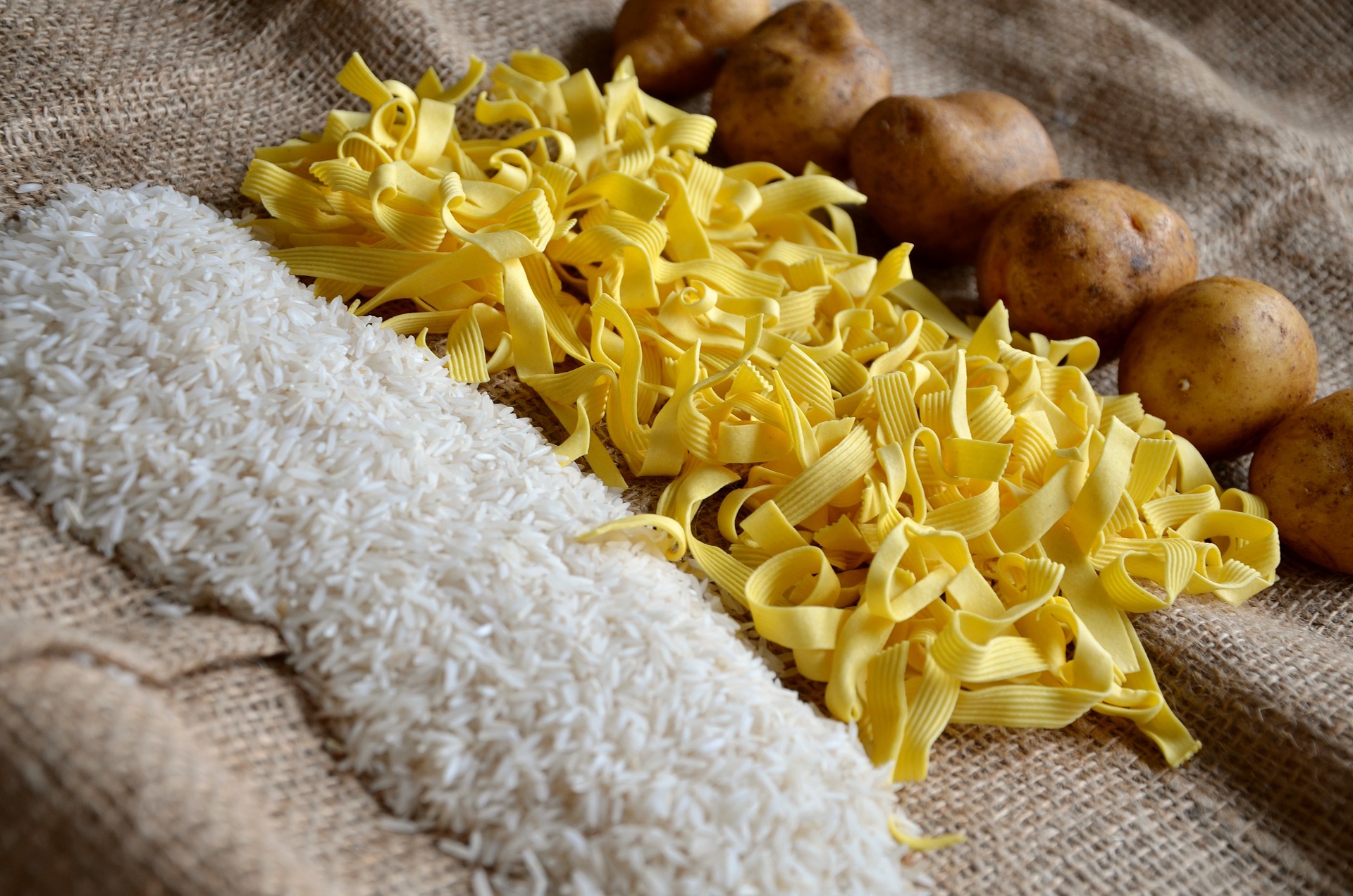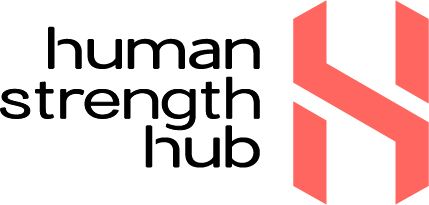For many years, carbs have been seen as the enemy and cutting out carbs has been viewed as the ideal way to lose weight or fat. But is this true? What about building mass? Should you be cutting out carbs to achieve your goals? In this blog, we discuss why we need carbs in our diet and how many carbs you need if you’re trying to lose fat, for sports performance or if you’re trying to build muscle.
We don’t recommend completely cutting out carbs as they are an essential nutrient, providing you with the energy you need to function. However, some people (such as athletes and those building muscle) need more carbs than, for example, those trying to lose fat.
Read on to learn more about carbohydrates and how many carbs you should eat to achieve your goals.
Should You Eliminate Carbs From Your Diet?
Carbohydrates are neither good or bad for you. Think of them as most things in life; too much can be bad for you, but too little can be just as damaging. Carbs have a time and place for general nutrition, fat loss, building muscle and sports performance. It’s when and how you eat them that makes all the difference.
So, no. We don’t recommend completely cutting out carbs. Carbs are a vital nutrient but it’s important to know when and how much to eat. We can help with that. As part of Human Health Hub’s Clean Up nutrition plan, we tailor your plan to the exact needs of your body, depending on your overall health and goals. During the previous stage of The Clean Up, we looked at modified elimination. This information tells us which type of carbs your body tolerates best, allowing us to create an effective carb strategy.
Carbohydrate Manipulation for Fat Loss
First things first, when we talk about fat loss, we don’t mean weight loss. We’re talking body fat percentage. Carbs play a huge role in this; if you’re trying to lose fat, you need to eat less carbs.
Those of you with a higher body fat percentage and less muscle mass typically tolerate carbs less as you are less insulin-sensitive. Insulin is the hormone responsible for managing blood glucose, so when you eat carbs the body isn’t as efficient at processing sugars in carbs and instead stores them as fat. Other important hormones here include glucagon, amylin, GIP, GLP-1, epinephrine, cortisol and growth hormone.
Carbohydrate Manipulation for Sports Performance
It might seem counterintuitive, but if you’re male and are training regularly, you may need to eat more carbs. Carbs are the main fuel source that your muscles use to contract. If you’re working the muscles a lot, then this fuel needs to be replenished.
However, this is entirely dependent on how active you are. For example, an office worker that trains a few days a week will need carbs to properly function. However, they won’t need as many carbs as a pro athlete that trains all day, everyday.
For training* purposes, the rule of thumb that we use at Human Health Hub is to consume the following amount of carbs post-workout. This can be part of a meal or in a shake if time is not on your side.
| Reps per Workout | G of Carbs Recommended P/Kg of Bodyweight |
| 12 – 72 reps | 0.6g |
| 72 – 200 reps | 0.8g |
| 200 – 360 reps | 1g |
| 360 – 450 reps | 1.2g |
* When we say “training”, this refers to the process of exercising regularly and eating particular food in order to prepare for an event or competition.
Carbohydrate Manipulation for Muscle Mass
Protein typically gets all the glory when it comes to building muscle, but carbs play an important part in this, too. That being said, you shouldn’t just eat any carbs (put down the crisps!).
Carbs come in two forms; simple and complex. Simple carbs are essentially a quick shot of energy that does the job for a short period of time. Complex carbs, however, release energy over a longer period of time and don’t result in a “crash” in the same way that simple carbs can.
Complex carbohydrates include things like:
- Whole grains such as quinoa, oats and white/brown rice
- Pulses such as lentils, chickpeas and beans
- Starchy vegetables such as regular and sweet potatoes, butternut squash and beetroot
- Fruits such as blueberries, apples and oranges
Simple carbohydrates include things like:
- Honey
- Maple Syrup
Example Carbohydrate Manipulation Meal Plan
If you’re not sure where to start when it comes to properly manipulating your carb intake, we can help. Our nutritional strategies at Human Health Hub are tailored to your body, overall health and goals.
To give you an idea of what carbs could look like as part of your nutrition plan, we’ve put together a breakdown of the nutritional plan from Nicolas O’Hare, Worlds Strongest Man computer Under 90kg meals consist of over the course of a few days.
Note: This type of plan is also sometimes referred to as Carb Loading or Carb Backloading. *see below plan for details.
- Day 1
Breakfast: 4 eggs, 2 sclies of ham and 2 tablespoons of olive oil
Meal 2 – 1 cup of animal protein, 1 cup of green vegetables and 1 cup of cooked white rice
Meal 3 – 1 cup of animal protein, 1 cup of green vegetables and 1 cup of cooked white rice
Meal 4 – 1 cup of animal protein, 1 cup of green vegetables and 1 cup of cooked white rice
Meal 5 – 1 cup of animal protein, 1 cup of green vegetables and 1 cup of cooked white rice
- Day 2
Breakfast: Salmon Fillte, ½ avocado and 1 handful of toasted pecans.
Meal 2 – 1 cup of animal protein, 1 cup of green vegetables and 2 tablespoons of olive oil
Meal 3 – 1 cup of animal protein, 1 cup of green vegetables and 1 cup of cooked white rice
Meal 4 – 1 cup of animal protein, 1 cup of green vegetables and 1 cup of cooked white rice.
- Day 3
Breakfast: 2 beef burgers, 1 Cup of Asparagus and 2 handfuls of blueberries
Meal 2 – 1 cup of animal protein, 1 cup of green vegetables and 2 tablespoons of olive oil
Meal 3 – 1 cup of animal protein, 1 cup of green vegetables and 2 tablespoons of olive oil
Meal 4 – 1 cup of animal protein, 1 cup of green vegetables and 2 tablespoons of olive oil
After completing the 3 days, you would start back at day one or repeat day 3 and then start back at day 1. This is dependent on your goal and perfomormance.
*Carb loading and carb backloading are two nutritional strategies and techniques used by athletes to improve their athletic performance and body composition.
Carb Loading:
Carb loading is a technique where athletes increase the amount of carbohydrates they eat before events to maximize their energy stores. Athletes go through two phases: a depletion phase, where they reduce their carbohydrate intake, and a loading phase, where they increase it. This technique helps saturate the body’s glycogen stores, which are used as energy during prolonged exercise.
Carb Backloading:
Carb backloading is another dietary technique that involves eating most of your carbohydrates in the evening, particularly after intense physical activity. This technique aims to improve insulin sensitivity and nutrient partitioning, which may promote fat loss and muscle gain.
In carb backloading, athletes usually eat carbohydrates after a workout, while the earlier part of their day may involve eating more fats and proteins. The goal is to synchronise carbohydrate intake with the body’s natural circadian rhythm and the timing of workouts.
Get a Tailored Nutrition Plan with Human Health Hub
At Human Health Hub, we offer tailored Function Nutrition and Sports Nutrition plans to help you achieve your goals. Take a look online today or get in touch with us for more information.





